“Hands-free” driving systems, like General Motors’ Super Cruise, are becoming increasingly common, but Lucid today announced a new partnership with tech giant NVIDIA aimed at bringing next-level technology to the highway. The Level 4 system would permit a Lucid vehicle to operate virtually anywhere, anytime with no input from a motorist who could even take a nap while driving from Point A to Point B. Headlight.News has more.
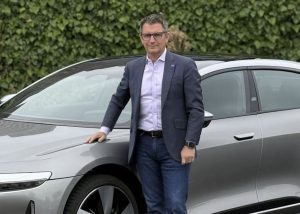
Lucid CEO Mark Winterhoff says the company’s been setting new benchmarks since its conception, Level 4 self-driving is just the latest.
EV startup Lucid on Tuesday announced a new collaboration with tech giant NVIDIA aimed at bringing Level 4 autonomous driving to market, a technology that would effectively allow one of its vehicles to operate without any driver input in most situations.
Hands-free driving systems, such as General Motors’ Super Cruise and Ford’s BlueCruise, have become increasingly common — but they are severely limited, among other things, requiring that motorists keep their eyes on the road and remain at the ready to retake control with only a brief warning.
“We’ve already set the benchmark in core EV attributes with proprietary technology that results in unmatched range, efficiency, space, performance, and handling,” said Marc Winterhoff, interim CEO of Lucid, in a company statement. “Now, we’re taking the next step by combining cutting-edge AI with Lucid’s engineering excellence to deliver the smartest and safest autonomous vehicles on the road.
What’s new
Various versions of autonomous driving have already begun rolling out on a wide range of vehicles. The most common systems assist drivers by helping them stay within the lines and steer through corners, while automatically maintaining the same pace as surrounding traffic.
More advanced systems — often described using industry term Level 2+ — permit drivers to take their hands off the wheel under controlled situations, usually while operating on limited access roadways. Systems like Super Cruise and BlueCruise still require the driver to be constantly at the ready to retake control of their vehicle.
The next step, known as Level 3, is more forgiving. When using Mercedes-Benz’s Drive Pilot a motorist can watch videos or text — though they still need to be at the ready. The German automaker’s system currently is offered in only a few vehicles, including the flagship S-Class, and operates only at relatively low speeds, making it useful primarily during heavy traffic commutes. Currently, the technology is offered only in specific markets, Mercedes first gaining approval for Drive Pilot in California.
Level 4 finally reaches the point of true autonomy where motorists can completely disengage from the driving process, even falling asleep behind the wheel. (Indeed, Level 4 vehicles could eliminate traditional vehicle controls, such as pedals and steering wheel.) A motorist would simply have to input a destination and then relax.
There are limitations
Level 4 technology is already beginning to roll out, albeit for commercial applications, such as the robotaxis operated by Tesla and Google spinoff Waymo.
These systems do have some limitations. They’re typically “geo-fenced,” meaning they operate in specific areas where operators are confident they can function safely. And they may be limited to good weather conditions. All current robocab ventures operate in cities such as San Francisco and Austin, Texas where they won’t face ice and snow, for example.
The current technology is also extremely expensive, relying on sensors such as Lidar that can cost tens of thousands of dollars, though the goal is to bring pricing down to where Level 4 systems could be affordable for luxury buyers.
More Autonomous Driving News
- Forward Into the Past with Mercedes-Benz Vision Iconic
- Autonomous Driving Tech Plans Helping Some, Cursing Others in Auto Industry
- Toyota Teaming Up With Waymo on Autonomous Vehicles
Lucid’s plans

The Mercedes-Benz Drive Pilot system is the first Level 3 technology available for private vehicle owners in the U.S.
“Together with Lucid, we’re accelerating the future of autonomous, AI-powered transportation, built on NVIDIA’s full-stack automotive platform,” said Jensen Huang, founder and CEO of NVIDIA.
Specific details of the project were not released, however. That includes timing. Tesla has indicated a goal of reaching Level 4 with its Full Self-Driving system, though it has repeatedly delayed the sort of update that would be needed to reach that goal on its retail products.
Asked when its Level 4 system is planned to go on sale, Lucid spokesman Justin Berkowitz replied in an e-mail that, “We do intend to be the first to launch an L4 vehicle available to individual customers, so make of that what you will.”
Clearly, “Level 4 is the bogey out there,” said Stephanie Brinley, principal auto analyst for S&P Global Mobility. But, she added, “There are still some things to solve before it’s readily available” for retail customers. “I think it’s still a ways away.”

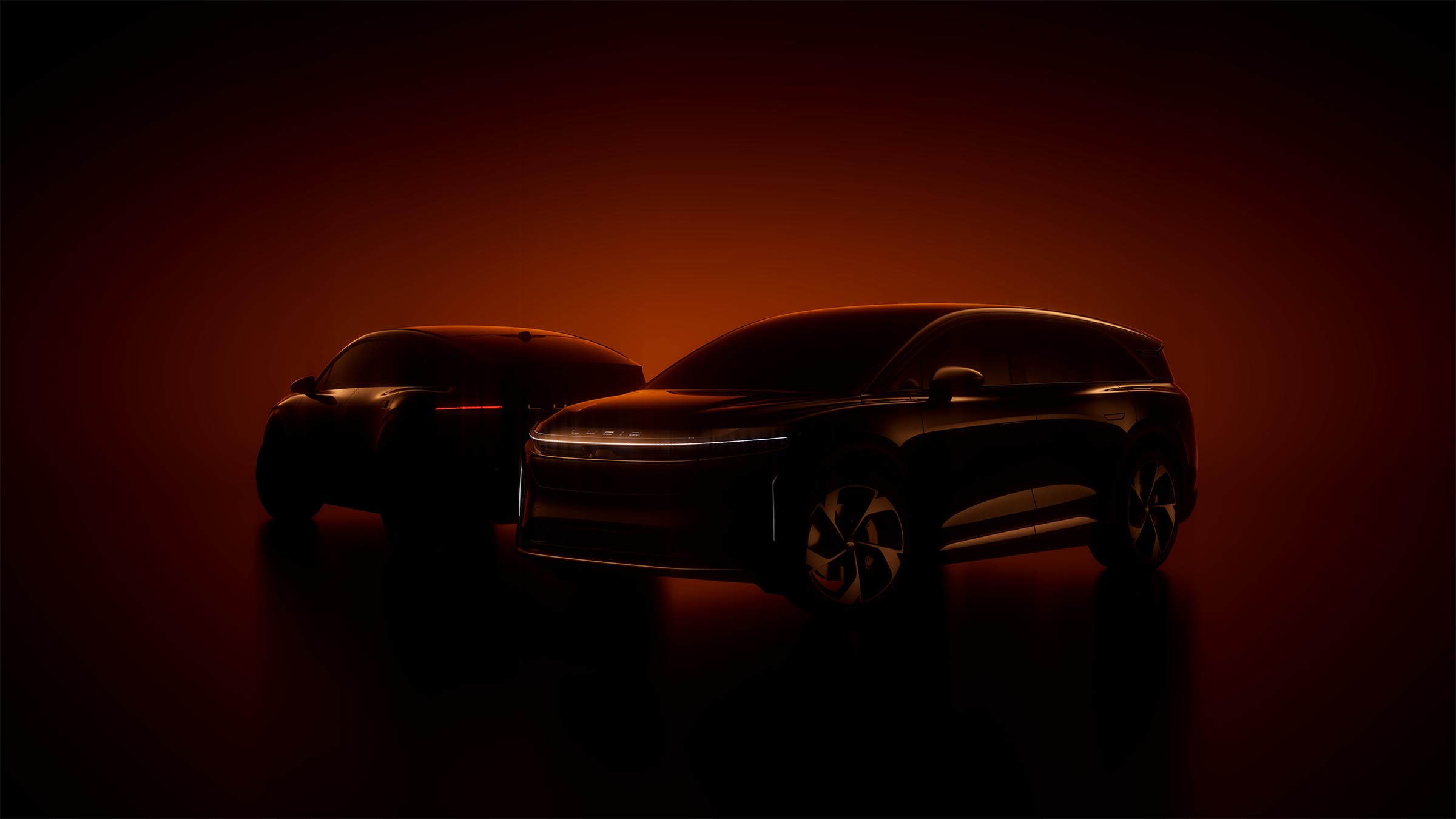
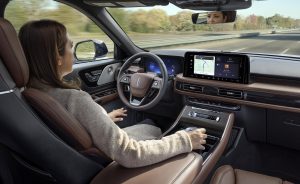
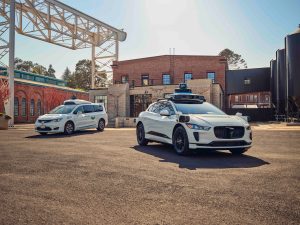
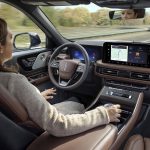
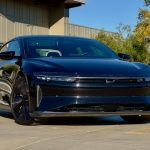

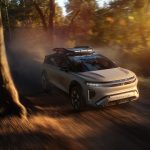
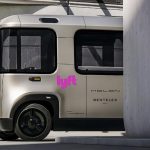
0 Comments